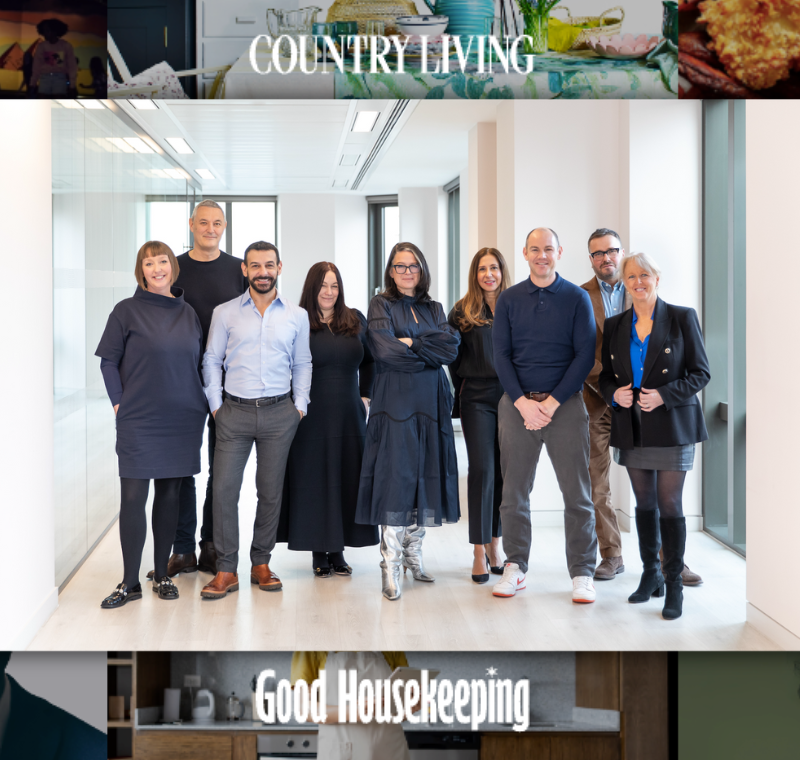IPC study shows connected consumers are engaged across all magazine platforms
The deep reader-engagement for which printed magazines are renowned transfers across to magazine brands’ digital platforms too.
New research – called Connected Consumers – from IPC Media in the UK, published in January, interviewed 3,500 consumers about their experience of using IPC’s magazine brands across multiple platforms. What was striking was the depth to which reader’s print engagement was carried across to the brands’ digital platforms.
Amanda Wigginton, director of Insight at IPC Advertising, said: “What was really clear was that the habits picked up from traditional print magazine consumption still remain and are being transferred as consumers seamlessly mix old and new platforms. Consumers still ‘memory bank’, draw inspiration from magazine brand content and pass on recommendations to friends and family. But what has changed is that magazines now offer consumers more opportunities to do this across a number of platforms. Ultimately this reinforces the power of magazine brands, irrespective of platform.”
The result is that all the platforms – print, websites, tablets, smartphones and social media – play significant roles in influencing consumers throughout the four stages in the path towards purchase: spark, search, shop and share.
For example, magazines spark ideas across all their platforms: 89 per cent of consumers get ideas from print, 85 per cent get ideas from digital editions, 81 per cent from online, 77 per cent from apps and 72 per cent from social media.
There are also impressive figures for each platform in terms of triggering online searches, purchasing online or from a physical shop, and in generating word of mouth buzz.
The Connected Consumers study also identified three states of mind in which consumers use magazine brands. These arise because of the way consumers turn to magazine brands at multiple times throughout the day, using various platforms, and access all types of content including the advertising. The three mind-states are:
- Catch-up time. Typically in the morning when turning to apps and social media to catch up on happenings. Critical in this mind-state is ease of access and the ability to get reliable and trusted updates to bring them up to speed quickly.
- Focus time. Typically during the day when consumers tend to be more time-deprived. They know what information they want and they know how to get it. Print, social media, apps and websites all fulfil this need.
- Down time. When consumers are at their most receptive to advertising. Typically in the evening, when people are relaxing or the children are in bed. Content is accessed across all platforms.
Fieldwork for the survey was conducted by Crowd DNA and YouGov. Data collection methods included face to face and telephone interviews, and online diaries and surveys. The universe was users of eight of IPC’s core multi-platform brands.








